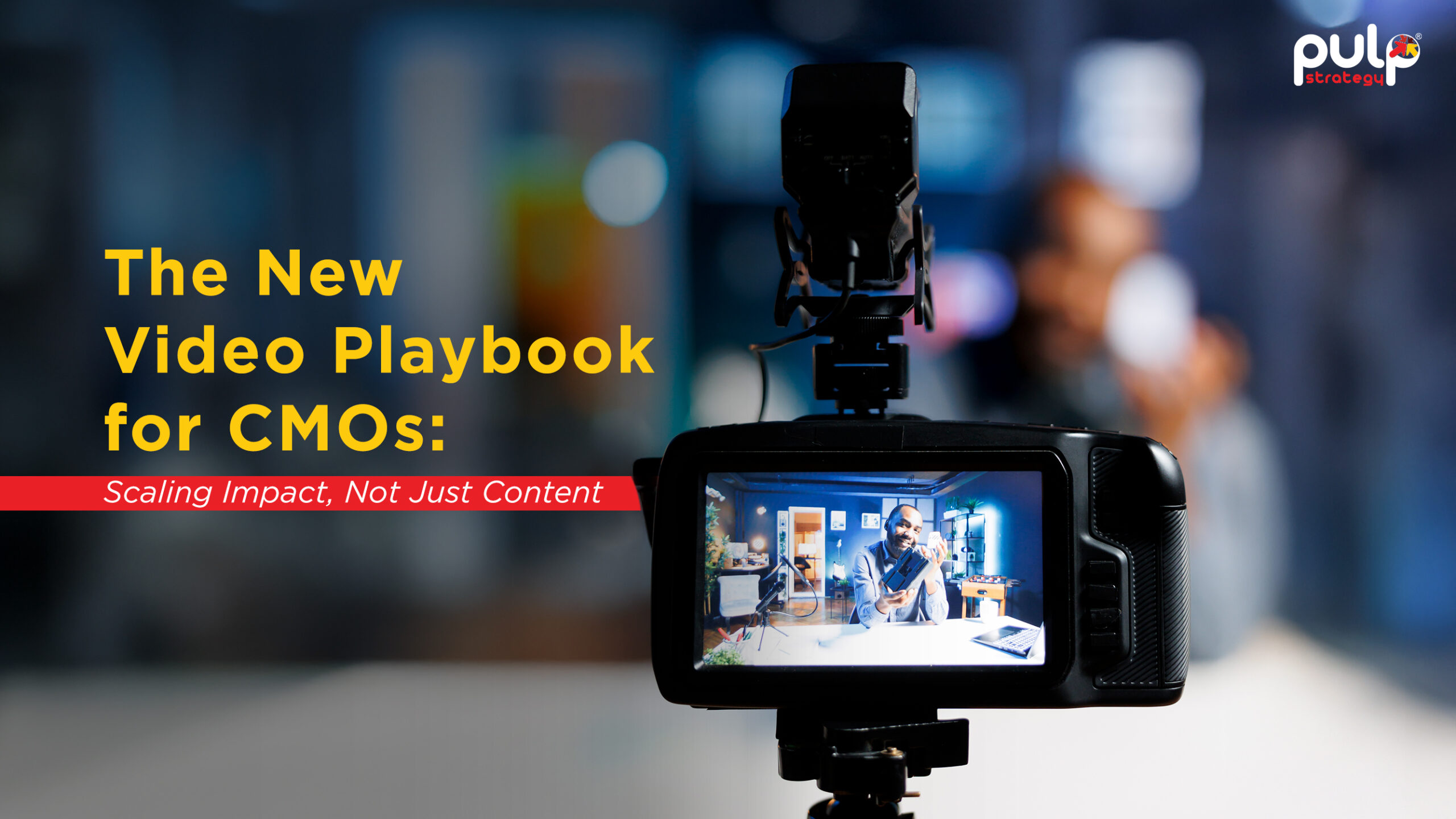Predictions fuel humanity. Having a fair idea of our action’s consequences helps us make better decisions. That is how soothsaying evolved into weather forecasts, giving people the power to plan better. But the inaccuracy of information played a spoilsport.
Finally, we have a system of predictions that actually work. Digital intelligence is getting smarter day by day and the ease of leveraging information from raw data is commendable. Predictive analytics allow us to peep into the future. It becomes easier, therefore, to shape marketing goals by analyzing real-time and historical data and running predictive models on them.
But a machine can only do so much. For the information to have an impact on business, you need to plan and strategize. Here are 5 hacks for predictive content modeling to make the most of digital intelligence:
Understand the customer better
Customer Response Management (CRM) provides valuable information which could be utilized thoroughly with predictive analytics. The insights from this exercise will help you customize campaigns as per your customer’s behavior.
Customer profiling further sharpens the directness of current marketing campaigns, allowing the organization to produce relevant and targeted messaging and interaction with the consumers. Improved response rates and a successful campaign naturally follow.
Create targeted offers
By monitoring customer affinity towards certain products, you can create exclusive and targeted offers. This works both ways-on one hand, you can identify the most profitable customers and on the other, you learn more about the future prospects.
Following the customer behavior pattern also allows better and more efficient campaigns based on superior content models.
Deploy real-time marketing
The beauty of digital intelligence is that you can track success or failure in real-time. CRM gets an extra edge when the results appear that quickly. It also enhances individual predictions so that you can match customer with the relevant product based on data such as, demography and purchase history. The subsequent offers are, therefore, more relevant and likely to convert.
Make personalized offers
Predictive content modeling is supported by analytics that allow you to create a personalized overall message that resonates well with customers. Such is the power of predictive analytics that you can also decipher which channel the customer is most responsive to-call, email, web, direct mail, and so on. The age-old ‘one message for all’ doesn’t work anymore. You need to deep dive into customer segmentation and individualization for achieving higher levels of relevancy and wide customization.
Monitor and improvize in real-time
Just as you deploy real-time marketing for the best results, determining ROI quickly makes it easy to adjudge the success of a campaign even before its conclusion. Course corrections can thus, guide it in the right direction in each subsequent phase. By tracking consumer metrics and receiving buyer insights, future campaigns and activities can be modeled aptly. Responding to customer behavior in real-time improves conversions and retention.
Pulp Strategy helps leverage the breadth and depth of digital intelligence to streamline predictive content modeling and optimize content for improved customer experience management.







